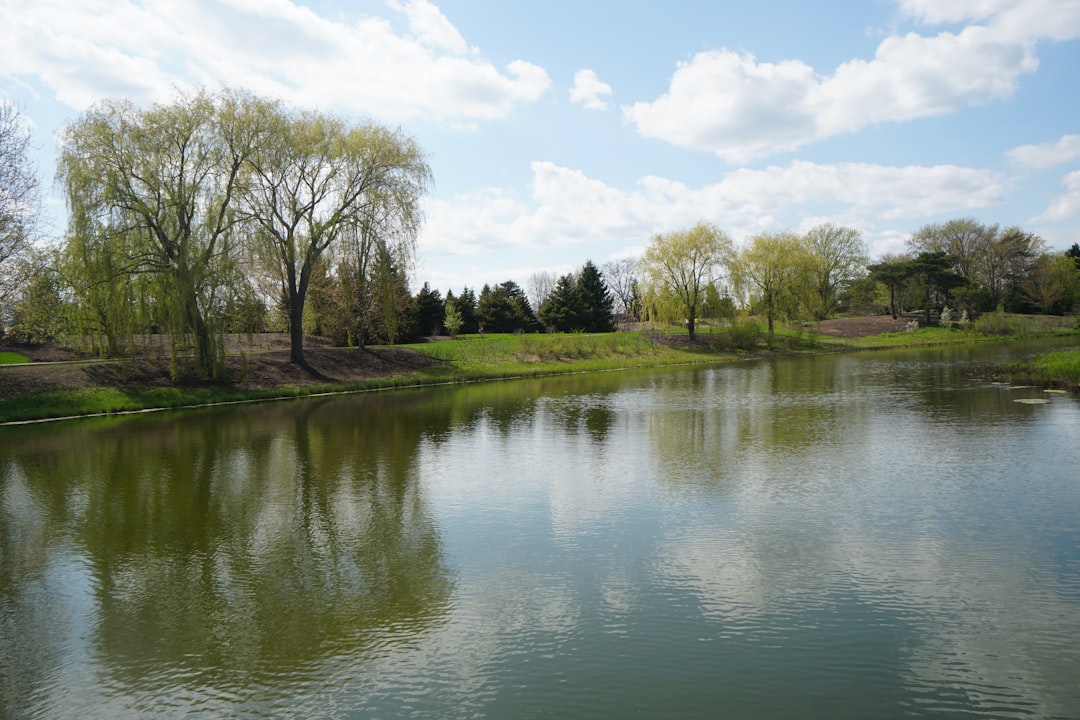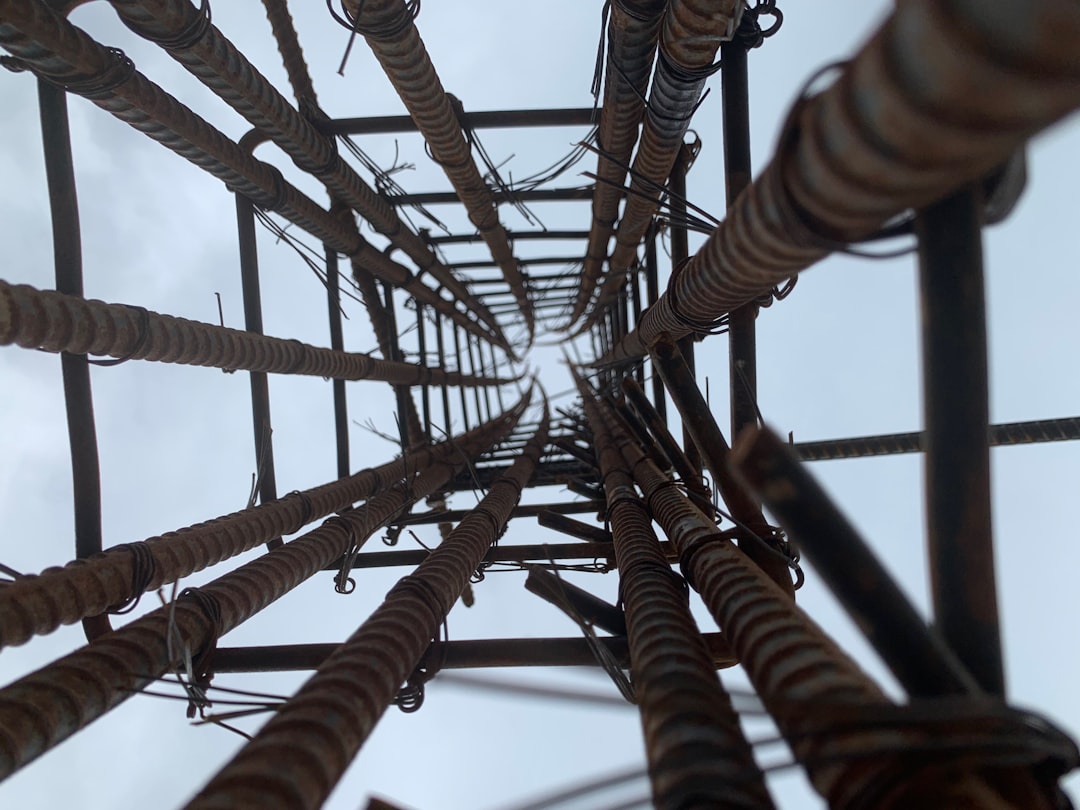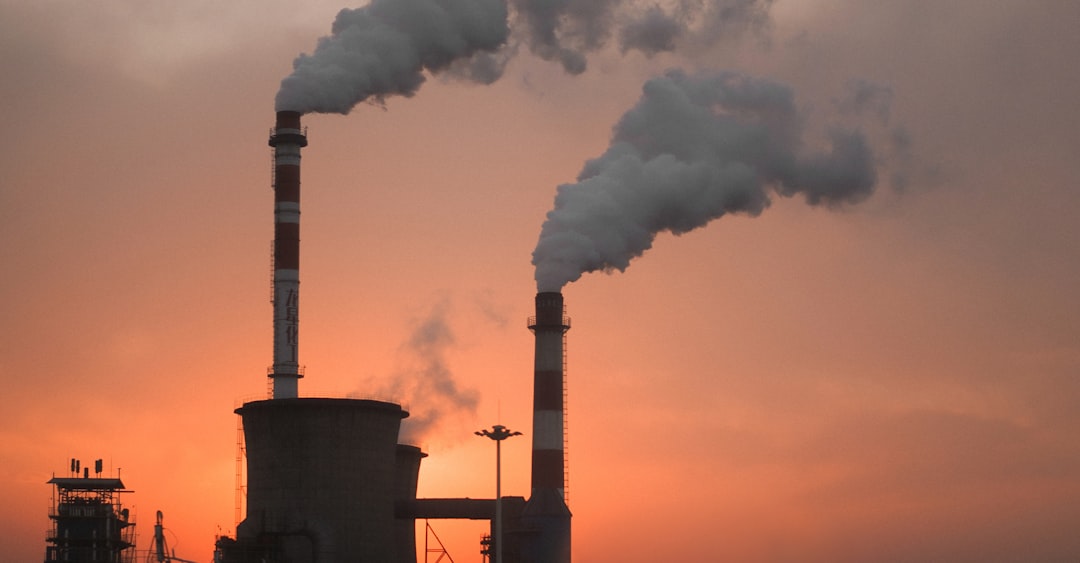What is it about?
To better understand the ecological and hydrological responses to climatic and cryospheric changes, the spatiotemporal variations in the active layer thickness (ALT) need to be scrupulously studied. Based on more than 230 sites from the circumpolar active layer monitoring network, the spatiotemporal characteristics of the ALT across the northern hemisphere during 1990–2015 were investigated. Results indicate that the ALT exhibits substantial spatial variations across the northern hemisphere, ranging from approximately 30 cm in the arctic and subarctic regions to greater than 10 m in the mountainous permafrost regions at mid-latitudes. Regional averages of ALT are 48 cm in Alaska, 93 cm in Canada, 164 cm in the Nordic countries (including Greenland and Svalbard) and Switzerland, 330 cm in Mongolia, 476 cm in Kazakhstan, and 230 cm on the Qinghai-Tibetan Plateau (QTP), respectively. In Russia, the regional averages of ALT in European North, West Siberia, Central Siberia, Northeast Siberia, Chukotka, and Kamchatka are 110, 92, 69, 61, 53 and 60 cm, respectively. Increasing trends of ALT were not uniformly present in the observational records. Significant changes in the ALT were observed at 73 sites, approximately 43.2 % of the investigated 169 sites that areavailable for statistical analysis. Less than 25 % Alaskan sites and approximately 33 % Canadian sites showed significant increase in the ALT. On the QTP, almost all the sites showed significant ALT increases. Insignificant increase and even decrease in the ALT were observed in some parts of the northern hemisphere, e.g., Mongolia, parts of Alaska and Canada. The air and ground temperatures, vegetation, substrate, microreliefs, and soil moisture in particular, play decisive roles in the spatiotemporal variations in the ALT, but the relationships among each other are complicated and await further studies.
Featured Image
Why is it important?
The thickness of active layer ALT overlying permafrost across the northern hemisphere is sensitive to climate changes and is crucial to relevant cryospheric features, such as vegetation, hydrology, and engineering constructions. Yet the ALT had not been well studied in a hemisphere scale on the basis of in situ observations during the past. Here we report the spatiotemporal variations of ALT across the northern hemisphere on the basis of widely extensive collections of observations during the past three decades.
Perspectives
The active layer thickness is largely determined by latitudes, land-ocean contrasts and surface characteristics. It ranges from less than 30 cm in Arctic regions to larger than 10 m in high mountainous regions such as the central Asia. Almost all the observational sites on the Qinghai-TIbet Plateau experienced significantly increase, while only 25% and 33% sites experienced significantly increase of the active layer thickness.
Dr Dongliang Luo
Northwest Institute of Eco-Environment and Resources, Chinese Academy of Sciences
Read the Original
This page is a summary of: Recent changes in the active layer thickness across the northern hemisphere, Environmental Earth Sciences, March 2016, Springer Science + Business Media,
DOI: 10.1007/s12665-015-5229-2.
You can read the full text:
Contributors
The following have contributed to this page










